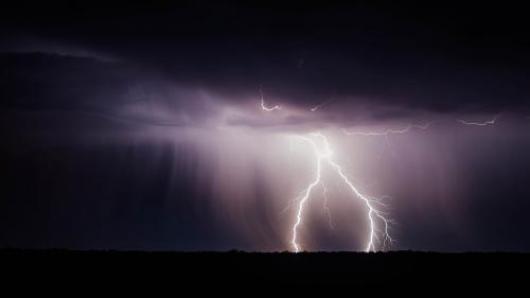Backyard Meteorology: The Science of Weather

- Introductory
Add a Verified Certificate for $149

The role of air, water, and wind in weather systems
How to estimate local wind speed and direction
How to avoid being struck by lightning
How to identify cloud types and features
How to describe the attributes of thunderstorms and tornadoes
How to collect and interpret data and observations to predict the next day’s weather
The weather forecasts we see every day are based an army of meteorological sensing networks and intensive computer modeling. Before the rise of these technologies, forecasts were made by understanding cloud formations and wind directions.
This course will explore the science behind weather systems by teaching the observational skills needed to make a forecast without using instruments or computer models. We’ll discuss the physical processes driving weather and the global forces that shape global climate systems. Finally, we will examine the limits of prediction in both human observations and computer models.
Can the flap of a butterfly's wings in Brazil set off a tornado in Texas? Take this course to find out!
Physical processes in weather systems
Winds, weather masses, clouds, fronts in the temperate zones
Other weather systems
Weather predictions: Linear and non-linear systems